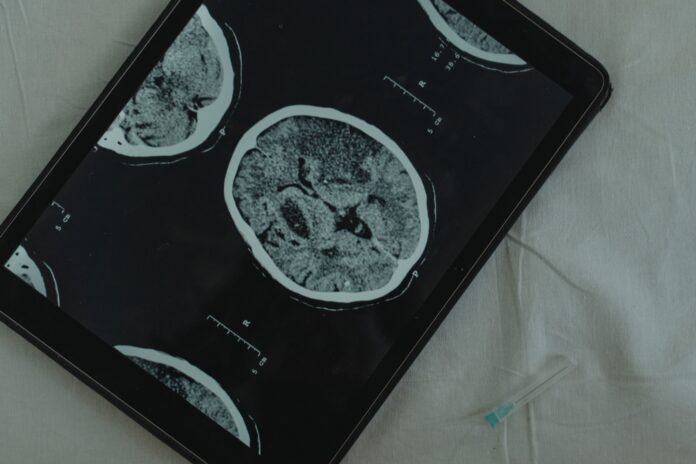One of the most fascinating and attention-grabbing topics in modern neuroscience is, well, attention. With such a large amount of incoming sensory information — from sounds to smells to sights — how do our brains decide what to focus on? What neural mechanisms are behind our ability to pay attention to things?
One particularly interesting area of attention relates to children and their development. There is already a great deal of research relating to the brains and mental health of children, but a growing body of research is now investigating their attentional capabilities as well.
Given the dizzying numbers of stimuli — including advertisements — children are exposed to in our technological age, it is more important than ever to understand how developing brains process this information. As a new study from researchers at the University of Toronto shows, the attentional capabilities of children may be more complex than we think.
Attention, children!
As the study explains, attention is a cognitive process that takes relatively long to fully develop in children. To better understand it, and to specifically investigate how attention is represented in the brain activity of children, the researchers used functional magnetic resonance imaging (fMRI) to examine the neural activity of both children (26 participants) and adults (24 participants) during a task that required attention.
Based on previous literature, the researchers hypothesized that attention may not be reflected in the neural patterns and activities of children as much as in adults. More specifically, it has been shown that children are less capable of filtering out information that is not relevant to the task at hand.
However, this is not the entire story. It has also been shown that children are better than adults at remembering and learning “distracting” information.
Attention-demanding task
The specific task that participants were required to complete involved looking at a series of visual tasks in succession. Each task displayed an object (tree, chair, car, or bee) with a series of moving dots superimposed on top of it (moving either left, right, up, or down).
During object tasks, participants were asked to press a button if two tasks in a row showed the same image (i.e., tree, car, car). During motion tasks, participants were asked to press a button if two tasks in a row showed dots moving in the same direction (i.e. up, right, right).
During all of these trials, the brain activity of all participants was scanned using fMRI. Two specific brain regions of interest were the lateral occipital complex (LOC) and the middle temporal area (MT).
The results
Overall, the researchers found that children and adults displayed similar success rates of detecting repeated objects or motion patterns — though children were slower at detecting repeats. Interestingly, they also found that children were more distracted by the unattended domain (i.e., motion in an object trial, or vice versa), resulting in them being more sensitive to repeats in the unattended domain.
The fMRI data showed that the neural activity of children represented both attended and unattended items, whereas in adults only attended information was represented. In other words, children’s brains do not seem to prioritize task-relevant information more than task-irrelevant information.
The researchers conclude by stating that “developing brains can, and do, represent more information than mature brains”, a finding that may come as a surprise to many.








































